The Canadian natural gas pipeline network is comprehensive and does a phenomenal job of transporting natural gas throughout this nation. The natural gas pipeline has over 50,000 miles of mainline and other components connected to natural gas production centers, places to store the natural gas components, and other spaces to connect with consumers.
The natural gas industry in North America has over 80 million customers, and it helps in more ways than one.
The transportation network is a complex array of lines, workers, and infrastructure that benefits consumers.
You will note that there are gathering systems, processing plants, transmission pipelines, compressor stations, and regional distribution corporations that fit into this picture to make everything work.
This guide is about one critical component in the process, the natural gas compression systems, and the products that provide simplicity while helping everything move along.
It is a complex process that requires extensive coordination from a wide variety of parties. The natural gas process requires cooperation from governments in the local area to the federal level and private corporations in regions and across Canada and the United States.
Many consumers receive natural gas benefits from systems like natural gas compression units to the labor of many smart people across the industry.
Here is everything you need to know about natural gas compressors and how they help natural gas processing and distribution.
What You Need to Know About Natural Gas Compressors:
- What Are Natural Gas Compressors and What Do They Do?
- Types of Gas Compressors Explained
- Most Popular Natural Gas Compressor Manufacturers
- Key Parts of a Gas Compressor You Need To Know
- Should You Buy Or Rent A Natural Gas Compressor?
What Are Natural Gas Compressors and What Do They Do?
Natural gas compressors or compressor stations are critical to a natural gas pipeline system. These compressors’ primary goal is to increase gas pressure and reduce its volume to make it distributable to the market. However, they can also process natural gas liquids (NGLs) out of the compressed gas. This application is especially relevant to wet gas processing sites.
To process and compress natural gas properly, these compressor systems also use filtration units and components within them. Before compression, this filtration process ensures that the gas is clear of any additional liquid or particulate elements. This makes sure that the gas compressed through the station remains free of any additives while it is processed and moved to the market.
When the gas supply is clean, has a reduced volume, and carries enough pressure, it can flow properly through the pipeline and make its way to end-users without any problems. The extracted liquids or drip gas also become useful in many other applications.
Depending upon the original pressure of natural gas at the respective facility, some natural gas compressor stations may also need a set number of processing units to elevate gas pressure to its required level.
For instance, if the gas supply’s original pressure is adequate, the amount of required compression units at a station remains minimal. In case the pressure is too low, the optimal quantity of compressor units at the facility is increased to allow the compressor station to obtain its ideal results.
In case multiple compression units are needed, they are utilized in an extended process that is segmented into different stages. Each stage or compression unit adds more pressure to the natural gas being processed before passing it on to the next unit. These units also use cooler systems to bring down the gas’s increased temperature affected by the compression process.
By moving cleaned gas through different compression stages with multiple units, these compression stations eliminate and prevent any possible pressure issues with gas distribution. As a result, the compressed natural gas maintains its required flow even after moving through different pipelines and eventually leaves the system. This ensures optimal flow for natural gas supply and delivers it to the end-user with ideal pressure.
Natural gas compressors can be operated via gas stream or electrical power. This also gives you a choice to select a mode of energy that suits your needs the best.
Due to their overall purpose, natural gas compressors are crucial for any gas processing and distribution facility. That is why they remain highly sought after industrial machinery across the world.
Types of Gas Compressors Explained
While all gas compressors deliver the primary function of building pressure in the gas flow, some of these systems differ due to a few noticeable features.
By default, natural gas compressors belong to two major categories, namely positive displacement compressors and dynamic compressors.
Both of these categories of gas compressors have multiple subcategories within them. This means that all gas compressors stem from one of these mechanisms, with their distinct features setting them apart.
With that in mind, here are some of the most popular types of gas compressors that are used throughout the industry.
Positive Displacement Compressors
As one of two significant categories of gas compressors, this equipment processes gas by moving it into a designated chamber. Controlled amounts of gas supply have then flowed to the chamber gradually. The chamber size capacity is then reduced to decrease the gas volume and increase pressure.
Positive displacement compressors are often seen in two types of compressor units, rotary compressors, and reciprocating compressors.
Rotary Compressor
As its name suggests, a rotary compressor uses rotation equipment within its systems. These rotating components control the compression chamber or confined space. Two of the most popular types of these compressors include rotary screw compressors and rotary sliding vane compressors. These compressors are typically used for lower pressure gas streams.
Reciprocating Compressors
These compressors make use of a piston mechanism to control the volume of their confined space. These compressors also utilize different stages to process the gas and increase its pressure. Due to how these compressors are designed, they are also quite ideal for extracting liquids out of the gas and used in wet gas processing sites.
Dynamic Compressors
These compressors use rotating impellers to reduce the volume and increase the pressure of the natural gas supply. In contrast to positive displacement compressors that increase pressure by reducing their confined space size, dynamic compressors impact velocity to the gas supply and convert it into pressure.
Axial Compressors
This compressor uses a rotating mechanism against the gas to manipulate velocity and increase pressure. It gets its name from moving the gas stream along its rotation axis, which allows for a high flow mechanism. This compressor uses different rotation and compression stages to induce the required level of pressure within the gas. It is known for its high volume processing capacity.
Centrifugal Compressors
Centrifugal compressors boost the gas velocity and then reduce it to induce pressure using a rotating system. When the gas stream enters the impeller, the vanes located inside move it along the impeller’s length. As the gas supply reaches the other end of the impeller, it becomes compressed with added pressure. These compressor systems are known for high capacity settings and accurate processing in high volume.
As mentioned above, several other types of compressors in the market can be used according to their specific use case. With that being said, the compressors mentioned above remain some of the most popular choices for typical industrial applications.
Most Popular Natural Gas Compressor Manufacturers
There are multiple natural gas compressor manufacturers. However, two of them stand out from the crowd due to their optimal functionality and performance. We will also mention the third one as it deserves mention.
Waukesha Compressor
Initially established in 1906, Waukesha is known for its high-performance reciprocating engines and compressors.
Over the past century, the brand has gone through multiple ownership and management changes. It most recently changed hands in 2018, when INNIO acquired it from GE. Since then, the Waukesha brand has been operating under INNIO’s banner. But it still maintains its popularity as a standalone label.
Waukesha’s compressors hold a renowned status throughout the world, but they are wildly popular in North America due to their rapid availability and maintenance operations. If your facility is looking for outstanding reliability, then going with Waukesha may not disappoint.
Ajax
Initially founded in 1877, the Ajax brand has been a renowned name in engine manufacturing for over a century. Apart from engine systems, the company’s natural gas compressors have been at work for several decades.
Ajax manufactures multiple-cycle compressors and engines that can fulfill the need for various field applications. Most popularly available as reciprocating compressors, Ajax systems are widely used for gas processing and redistribution across many sites.
In case you are looking for a credible brand name that doesn’t compromise on its delivery, Ajax is the way to go. As long as you obtain units that fulfill your applications to a T, you wouldn’t need to look anywhere else for your gas compressor needs.
Superior Engines
Superior Engines is another compelling brand that is at least worth a mention. It comes with a wide variety of parts and supplies that can meet those in the energy industry. Further, it has a long history and dates back more than several decades ago, and it has shown that it has staying power throughout these many years.
People within the industry trust this brand and will use it for their various needs in the energy industry and other areas to serve a real purpose.
If you are looking for a brand that customers appreciate and can count on, Superior Engines can meet your needs as well.
Key Parts of a Gas Compressor You Need To Know
Since a natural gas compressor is a complicated machine, it has various critical components that allow it to carry out its functions.
Whether you are about to buy or rent a gas compressor for your needs, you must know about these key parts. This information allows you to understand the components that go into the system and lets you seek frequent maintenance or eventual replacement for crucial equipment.
These parts include but are not limited to:
- Cylinders
- Pistons
- Piston Rings
- Piston Rods
- Aftercoolers
- Intercoolers
- Filters
- Separators
- Packing
- Springs
- Bearings
- Valve Plates
- Gaskets
In addition to these components, you may also need maintenance, repair, or replacement of various other parts with your gas compressor’s extensive usage.
You can also ask about your compressor model’s specific parts from the equipment’s original owner or seller. This ensures that you have detailed information about crucial components that you may need to keep in spare or pay more attention to their consistent maintenance.
Whether you are purchasing your compressor permanently or leasing it for a long time, having a grasp over these parts helps you manage your expectations with overtime use. This makes sure that your operations are not being compromised at any point in time.
That is why it is essential to turn to the top of the line distributors in this sector in Canada that stocks a wide variety of relevant and vital parts across brand names in the natural gas engine and compressor sector.
Should You Buy Or Rent A Natural Gas Compressor?
When you are seriously considering a project on the field, one of the most critical decisions comes from choosing between buying or renting your natural gas compressor.
Both of these choices come with their benefits. But their main advantages specifically depend upon your use case. Learning about this information helps you make an informed decision regarding which route to take.
Thankfully, some professionals can offer compelling services and steer you in the right direction as well.
Buying Your Own Natural Compressor
Purchasing your own natural compressor comes with the following advantages and disadvantages.
Advantages
Reduced overtime costs. If your project is based upon an extensive timeframe or if you want to use your compressor over multiple sites, then the one-time investment in buying your compressor saves you from overtime costs.
- Complete control over your equipment. Buying your equipment lets you utilize, modify, and maintain it in a variety of settings. This provides you with complete flexibility and control over your system.
- Ability to utilize on multiple sites. If your business model involves operating various natural gas compressors over different sites, buying your equipment can help you with numerous installations and use instances.
Disadvantages
- Expensive investment. In case your business equipment is only going to be used for a short term project and no other future projects, the overhead investment might be overkill.
- Upgrade issues. If you buy a natural gas compressor, you cannot easily switch it out whenever a new model comes in. You either need to trade it off at a lower price or as the seller for an exchange deal.
Renting Your Natural Compressor
Leasing or renting your natural gas compressor brings its pros and cons to your natural gas site.
Advantages
- Decreased overhead investment. Renting your equipment lets you reduce your overhead or one time costs and enables you to save your capital for other parts of your project.
- The flexibility of choosing between different models. If you are leasing your equipment, you can choose between other models with a low price difference. This also allows you to test various systems before you settle on a choice.
- Reduced maintenance costs. When you rent your compressor from a third party, you don’t have to worry about seasonal upkeep. While most contractors require you to save the equipment from damage, they don’t need you to carry out extensive maintenance on it. This allows you to keep your funds from repair costs.
Disadvantages
- Overtime expenditure. Renting your equipment may save you from overhead investment, but it does not add to your business assets over time. Once your lease agreement expires, you are left with no compressor and have to find one from scratch. This is especially disadvantageous for long-term contracts or projects.
- Variable costs. Rent doesn’t always stay the same, and the prices almost always increase over time. This means that you could very well be paying increased rental costs for the duration of your project.
Verdict
Buying or renting your natural gas compressor depends entirely upon your discretion and overall situation. As long as you analyze your needs and your project’s viability, you can make an informed decision that contributes to your objectives.
The crucial point here is to understand where you are coming from and what you require at the present moment.
But it is important to note here that many do prefer renting because of the flexibility it offers in many projects.
Remember to ask your service provider about the best parts, services, and rental options that might meet your needs the best.
Rent the Best Natural Gas Compressors, Today!
At Ironline, we specialize in offering the latest and most reliable natural gas compressor models for a variety of applications. Regardless of your primary use, our compressors can ensure to meet your needs flawlessly.
Learn how Ironline’s reliable services can help your project by contacting us today. We will be pleased to discuss your needs in Canada and help you find the perfect fit for your requirements.
We provide professionalism, simplicity, and reliability to help you find and obtain what you are looking for within your industry.


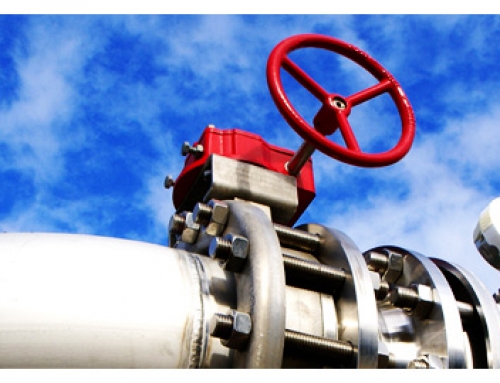
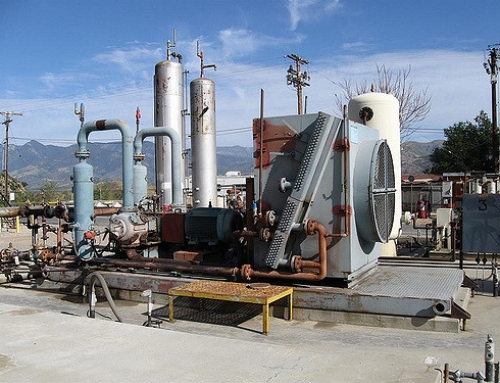
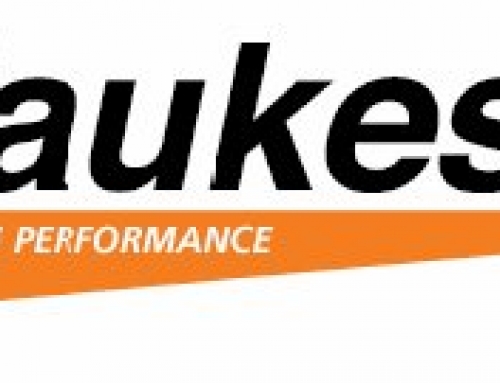
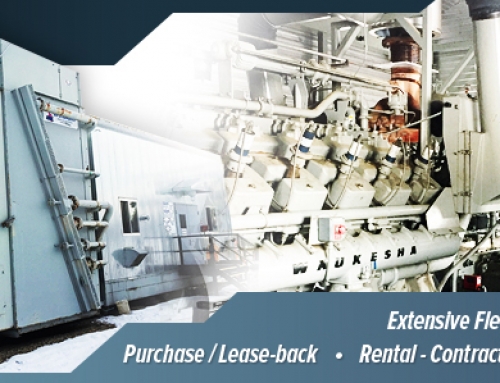
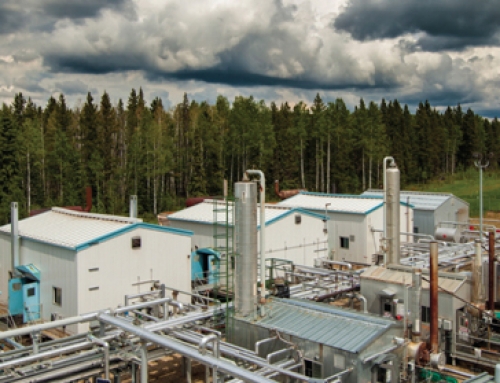



Leave A Comment